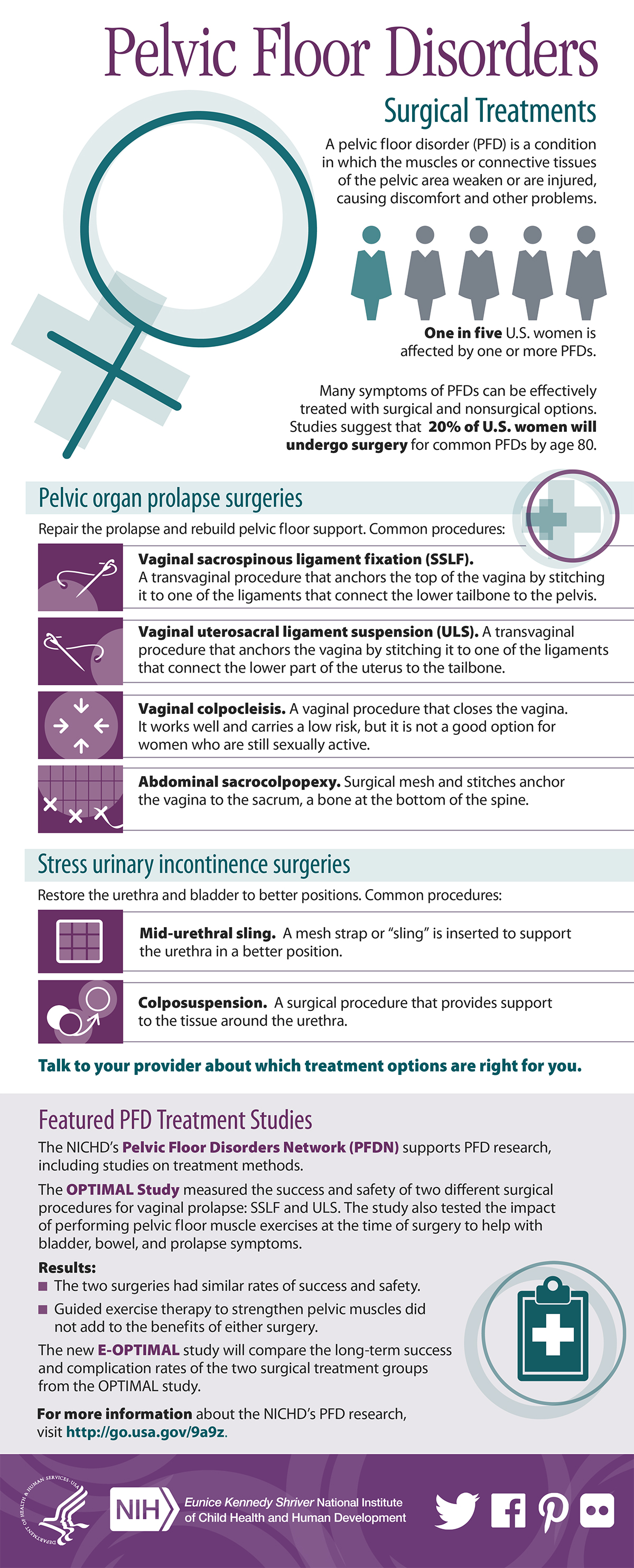How To Budget For Your Floor Covering Project: A Practical Overview
How To Budget For Your Floor Covering Project: A Practical Overview
Blog Article
Web Content Written By-Proctor Hvidberg
When you're planning a floor covering task, budgeting isn't just about selecting a number; it has to do with recognizing what you really need and the expenses involved. You'll wish to evaluate your particular needs, research study different materials, and prepare for unexpected costs. Think of just how aspects like area purpose and setup techniques can influence your budget plan. However before you jump in, there are some critical information you might neglect that could dramatically influence your total prices. Allow's discover exactly how to browse these intricacies and ensure your job remains on track.
Assessing Your Flooring Demands
Prior to diving into your floor covering job, it's vital to examine your flooring needs. Beginning by thinking about the certain areas where you intend to install brand-new floor covering. Consider the purpose of each area. As an example, bathroom and kitchens require waterproof materials, while living locations might take advantage of convenience and aesthetic appeals.
Next off, assess the existing conditions of your floors. Exist concrete epoxy utah , such as uneven surfaces or dampness troubles? Attending to these problems at an early stage can save you time and money down the line.
Also, make note of the dimensions of each space to identify just how much floor covering you'll need.
Do not fail to remember to consider your lifestyle. If you have pet dogs or young children, sturdiness may be your top concern, while a much more formal space may require an elegant coating. In addition, consider your style choices. Do you prefer a timeless look, or are you drawn to contemporary designs?
Finally, be reasonable about just how much upkeep you agree to commit to. Some products call for more maintenance than others. By understanding your requirements plainly, you'll be better outfitted to make enlightened selections as you move on with your flooring job.
Estimating Expenses and Products
Approximating expenses and materials is a pivotal step in your flooring task that can substantially affect your overall budget. Start by gauging your area properly to establish just how much floor covering you'll require. For a lot of products, you'll locate rates by square foot, so accumulate quotes from numerous providers to obtain a realistic number.
Next, consider the kind of flooring you want. Alternatives like hardwood, laminate, ceramic tile, or carpet all come with various cost factors. Study the prices for each and factor in any type of extra materials like underlayment, adhesive, or transition strips.
Don't neglect to include devices if you're preparing a DIY installation, as renting out or buying devices can include in your costs.
Labor prices are another vital factor to consider. If you're hiring specialists, obtain estimates from several service providers to guarantee you're obtaining a reasonable cost. Be clear about the range of work to avoid unexpected charges later.
Finally, it's smart to reserve a little portion of your budget for any type of unexpected costs connected to materials. By completely approximating your expenses and products upfront, you'll establish yourself up for a smoother and more workable flooring project.
Planning for Hidden Expenses
Several homeowners forget the surprise costs that can arise during a floor covering task, which can cause spending plan overruns. To avoid this, you need to plan for prospective added costs.
Initially, consider the condition of your existing subfloor. If it's harmed or unequal, you'll likely need fixings or progressing, which can add considerably to your general expense.
Next off, consider elimination and disposal charges for your old flooring. Several service providers bill additional for this service, so factor that into your spending plan.
In addition, don't forget the expenses of underlayment, which might not be consisted of in the preliminary quote yet are vital for an effective installation.
You should also plan for unanticipated problems, such as plumbing or electric job if your flooring task involves relocating fixtures. It's a good idea to reserve at least 10-15% of your overall allocate these unanticipated expenditures.
Lastly, remember that authorizations might be needed for sure setups. Always check regional laws to stay clear of penalties or delays.
Final thought
In conclusion, budgeting for your floor covering project is important for a successful outcome. By evaluating your requirements, estimating prices, and planning for surprise expenditures, you'll prevent shocks and remain on track. waterproof concrete overlays utah in mind to set aside a portion of your allocate unforeseen expenses and keep an in-depth breakdown of your expenditures. With careful planning and consideration, you'll develop a gorgeous area that satisfies your needs without breaking the financial institution. Pleased flooring!
